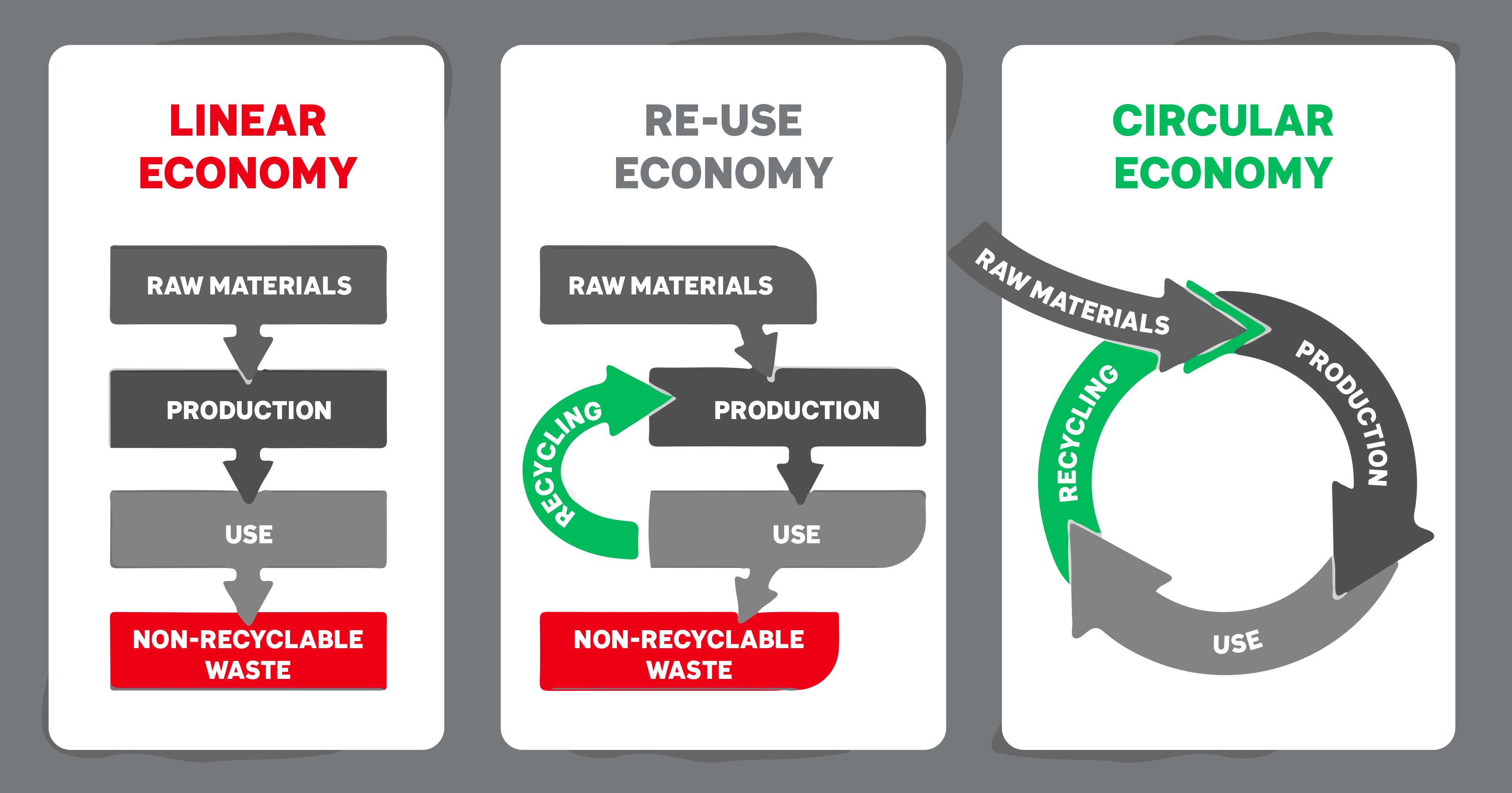By Cameron Wheatley
Communications Manager
More by Cameron
Australia’s approach to recycling has been to make it someone else’s problem by shipping it offshore. Until recently, up to a third of Australia’s recycling was shipped to China alone. The exported material was poorly sorted and often contaminated.
Then, at the start of 2018, China set higher standards for the waste it was willing to receive. Other Asian countries are following China’s path. India has banned all solid plastic waste imports and Malaysia is also introducing restrictions.
The change threw many recycling businesses into chaos. SKM, the company responsible for more than half of Victoria’s recycling, resorted to stockpiling waste until a stockpile caught fire, blanketing the surrounding suburbs in toxic smoke.
SKM’s business collapsed, and many thousands of tonnes of recycling was sent to landfill.
It’s clear that the days of exporting our waste problems are over, and our system can’t deal with the huge amount of waste we create.
But there is a solution hiding in plain sight. The Victorian government is sitting on a $400 million sustainability fund collected from landfill levies designed to solve problems exactly like this.
For years the unspent funds have been used to prop up the state budget’s bottom line. But the stakes are mounting along with the piles of waste in landfill, and now is the time for big investments.
The immediate response from the government has been a ‘rescue package’ of $37 million over three years, and a potential overhaul of the kerbside collection system.
It’s a good first step, but it has been criticised as inadequate by local councils, and our waste problems go far beyond the collapse of SKM.
Instead of trying to manage evergrowing mountains of waste, we need to produce less waste to begin with!
A more promising development is the government’s announcement that it will implement a ‘Circular Economy’ policy and action plan by 2020.
